Montmartre Magic: A Journey Through Art
Experience the artistic heart of Paris on this free walking tour, where you’ll explore iconic landmarks and soak in the vibrant atmosphere of Montmartre.
Time
3 Hours
Stops
9 Places
Distance
2.5 km
Cimetière de Montmartre
Begin your exploration at the historic Montmartre Cemetery, which is the final resting place of many famous artists and writers, setting the tone for the artistic vibe of the area.
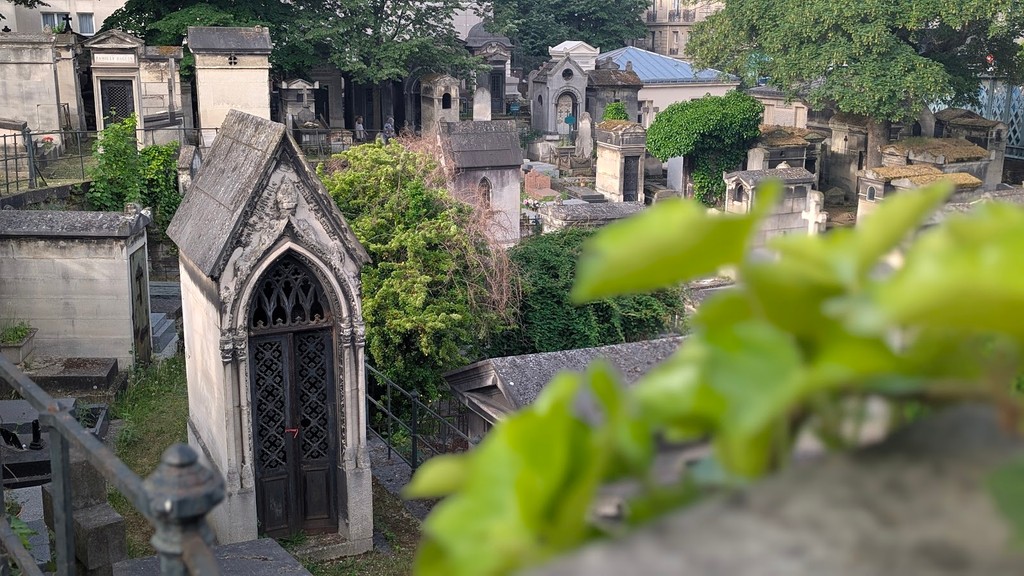
Cimetière de Montmartre (Source: Google Maps)
The Cimetière de Montmartre, established in 1825, is the final resting place of many notable figures, including artists, writers, and musicians. This serene cemetery is known for its beautiful sculptures and peaceful atmosphere, making it a reflective space amidst the bustling neighborhood. One of the most famous graves is that of the painter Edgar Degas, along with other luminaries like the composer Hector Berlioz and the writer Alexandre Dumas. The cemetery is characterized by its winding paths and lush greenery, offering a glimpse into the rich artistic heritage of Montmartre. Visitors can admire the intricate tombstones and memorials, each telling a unique story of the lives that contributed to the cultural tapestry of Paris. This landmark not only serves as a resting place but also as a testament to the artistic legacy that Montmartre embodies.
Rue Lepic
Stroll through Rue Lepic, known for its lively atmosphere and as the location of the iconic Café des Deux Moulins from the film "Amélie."
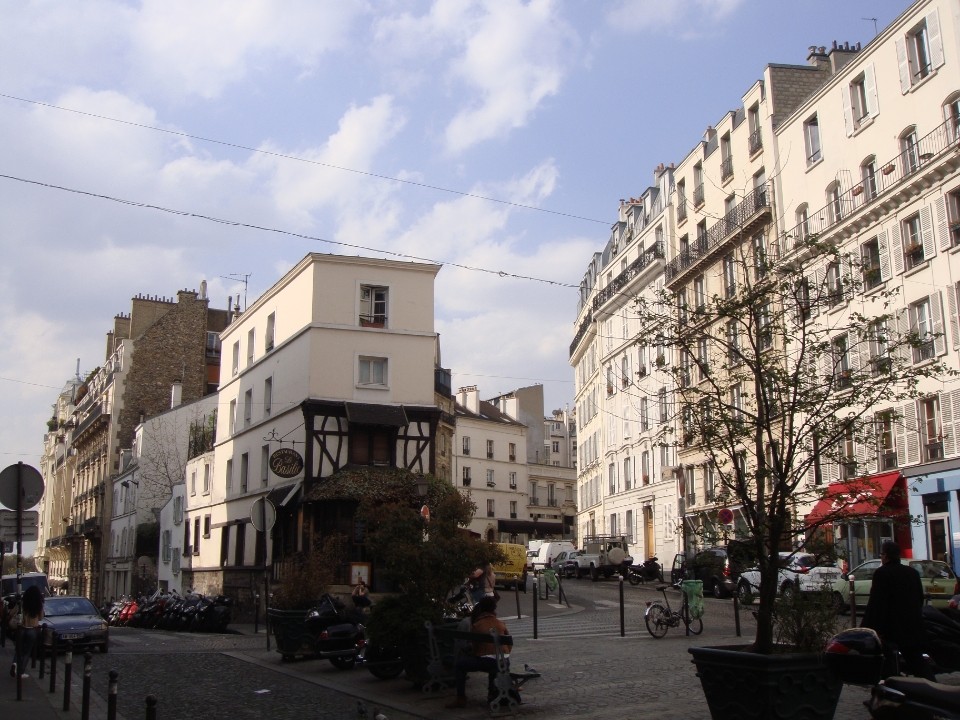
Rue Lepic (Source: Google Maps)
Rue Lepic is a vibrant street in Montmartre, famous for its lively atmosphere and cultural significance. It gained fame through the film "Amélie," particularly for the Café des Deux Moulins, which is a beloved spot for both locals and tourists. The street is lined with charming shops, cafes, and bakeries, making it a perfect place for a leisurely stroll. Historically, Rue Lepic has been a hub for artists and intellectuals, attracting creative minds who found inspiration in its ambiance. The street also features the iconic windmill, Moulin de la Galette, which once served as a dance hall and was frequented by artists such as Renoir. As you walk along Rue Lepic, you can feel the artistic spirit that permeates Montmartre, with street performers and artists often showcasing their talents, making it a lively and engaging experience.
Place des Abbesses
Explore the bustling Place des Abbesses, known for its beautiful Art Nouveau metro station and the nearby Wall of Love, a modern symbol of romance.
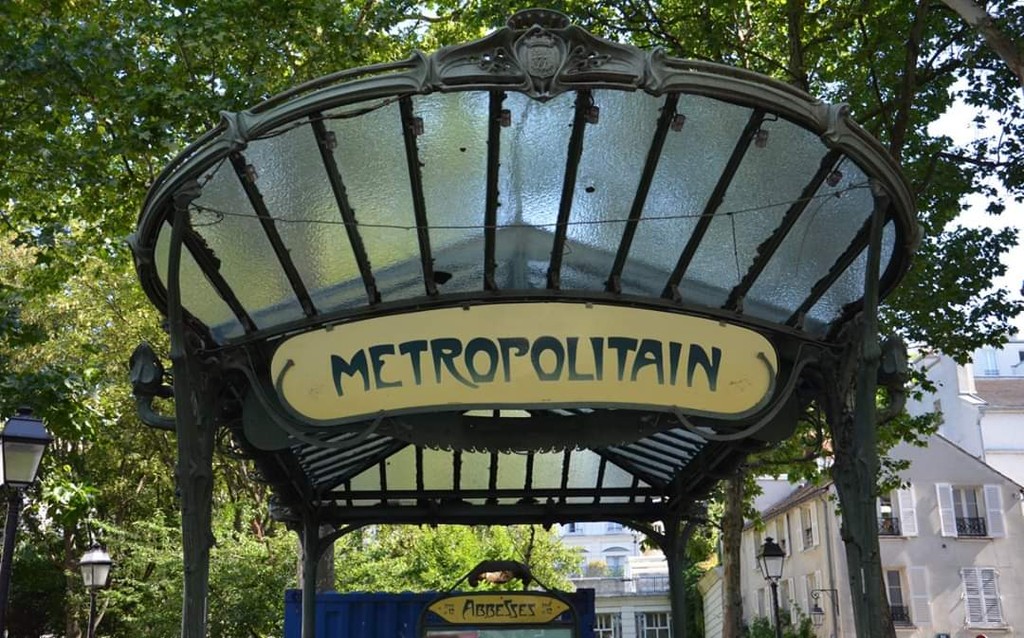
Place des Abbesses (Source: Google Maps)
Place des Abbesses is a lively square in Montmartre, renowned for its stunning Art Nouveau metro station, which is one of the most photographed spots in Paris. The square is a cultural hub, surrounded by cafes, shops, and the famous Wall of Love, where the phrase 'I love you' is written in over 300 languages, symbolizing romance and unity. This area has a rich history, having been a gathering place for artists and musicians throughout the years. The metro station itself, designed by Hector Guimard, features ornate ironwork and glass, showcasing the elegance of the Art Nouveau movement. Visitors to Place des Abbesses can enjoy the vibrant atmosphere, often filled with street performances and local events. The square is also a gateway to exploring the charming streets of Montmartre, leading to other iconic landmarks, making it a must-visit location in the district.
Moulin de la Galette
Visit the historic Moulin de la Galette, a former windmill and cabaret immortalized by artists like Renoir, which captures the essence of Montmartre's artistic past.
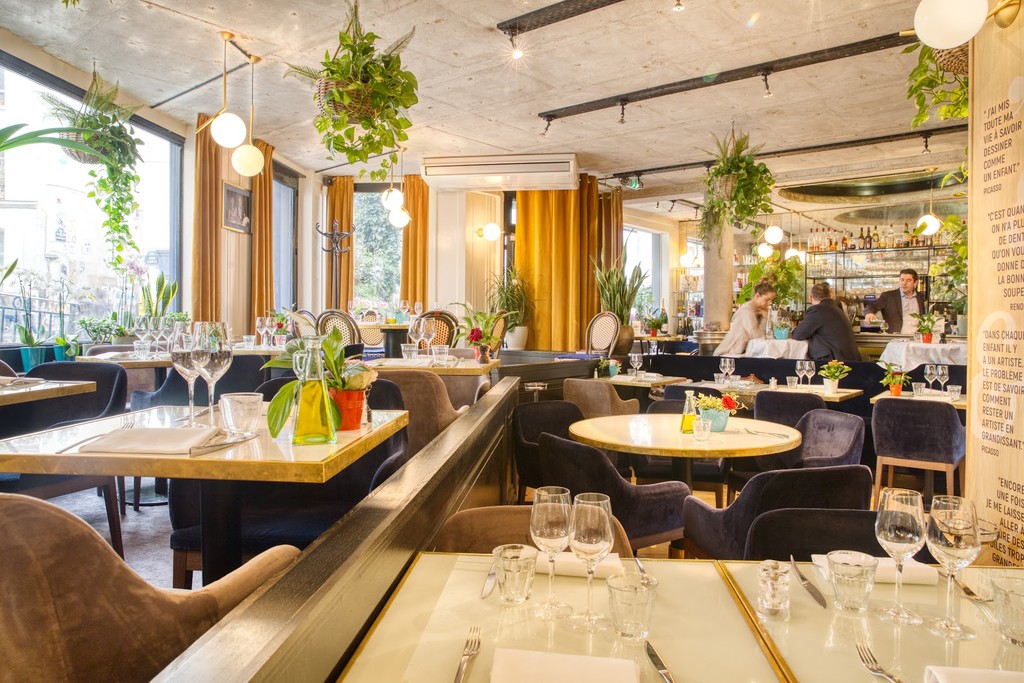
Moulin de la Galette (Source: Google Maps)
Moulin de la Galette, a historic windmill turned cabaret, is a cornerstone of Montmartre's artistic heritage. This iconic landmark dates back to the 17th century and became famous in the late 19th century, attracting artists like Renoir and Van Gogh, who captured its lively atmosphere in their paintings. The windmill was originally used to grind grain, but it transformed into a popular dance hall and restaurant, drawing in locals and visitors alike for its vibrant nightlife. The cabaret scene here was a reflection of Montmartre's bohemian spirit, with music, dance, and art coming together. Today, Moulin de la Galette stands as a reminder of the district's rich cultural past, with its picturesque setting and historical significance. Visitors can explore the area, often filled with artists showcasing their work, and immerse themselves in the artistic legacy that continues to thrive in Montmartre.
Rue de l’Abreuvoir
Walk along the picturesque Rue de l’Abreuvoir, often considered one of the most beautiful streets in Paris, offering a quintessential Montmartre experience.
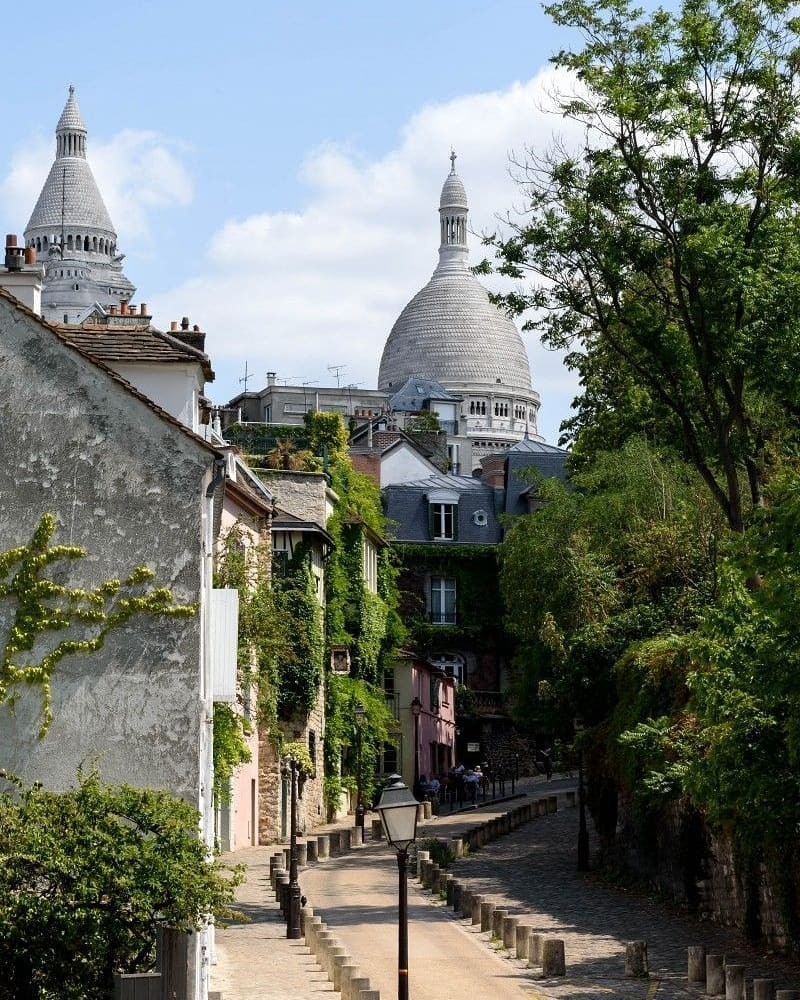
Rue de l’Abreuvoir (Source: Google Maps)
Rue de l’Abreuvoir is often regarded as one of the most picturesque streets in Montmartre, characterized by its charming houses and cobblestone paths. This idyllic street offers a glimpse into the past, with its well-preserved architecture and serene atmosphere. It is a favorite spot for photographers and artists, capturing the beauty of the quintessential Parisian landscape. The street is lined with trees, providing a tranquil escape from the bustling city life. Historically, Rue de l’Abreuvoir has been a source of inspiration for many artists, who found solace in its beauty. The iconic Le Consulat café, frequented by famous artists like Picasso and Van Gogh, is located nearby, adding to the street's cultural significance. Walking along Rue de l’Abreuvoir allows visitors to experience the charm of Montmartre, with its rich history and artistic legacy coming to life.
Musée de Montmartre
Discover the history of the Montmartre district at the Musée de Montmartre, which showcases art and artifacts from the neighborhood's storied past.
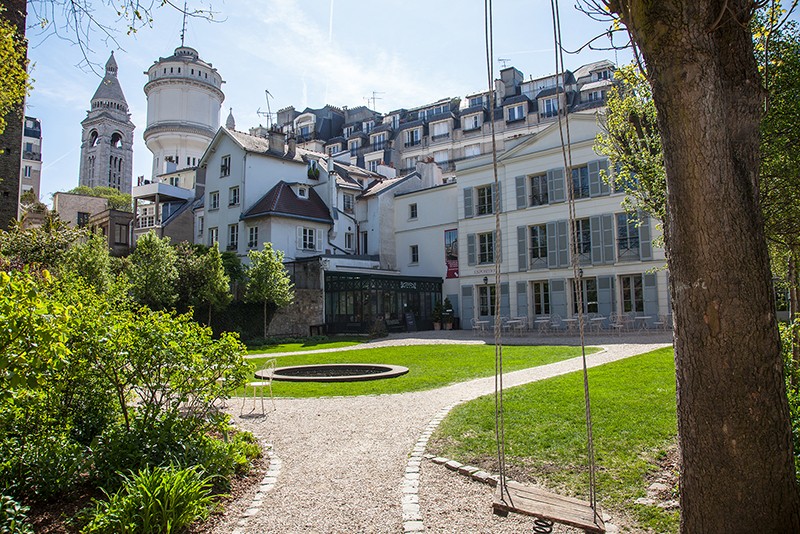
Musée de Montmartre (Source: Google Maps)
The Musée de Montmartre is a treasure trove of the district's artistic history, showcasing the rich cultural heritage of Montmartre. Housed in a historic building that was once home to artists like Renoir, the museum features a vast collection of paintings, photographs, and artifacts that tell the story of the neighborhood's evolution as an artistic hub. Visitors can explore various exhibitions that highlight the lives of renowned artists and the vibrant bohemian lifestyle that flourished in Montmartre during the 19th and 20th centuries. The museum also boasts beautiful gardens, providing a peaceful retreat where visitors can reflect on the artistic legacy of the area. Through its engaging displays and rich history, the Musée de Montmartre offers a comprehensive look at the cultural significance of this iconic district, making it a must-visit for art enthusiasts and history buffs alike.
Le Consulat
Enjoy a break at Le Consulat, a historic café that was once a popular haunt for artists like Picasso and Van Gogh.
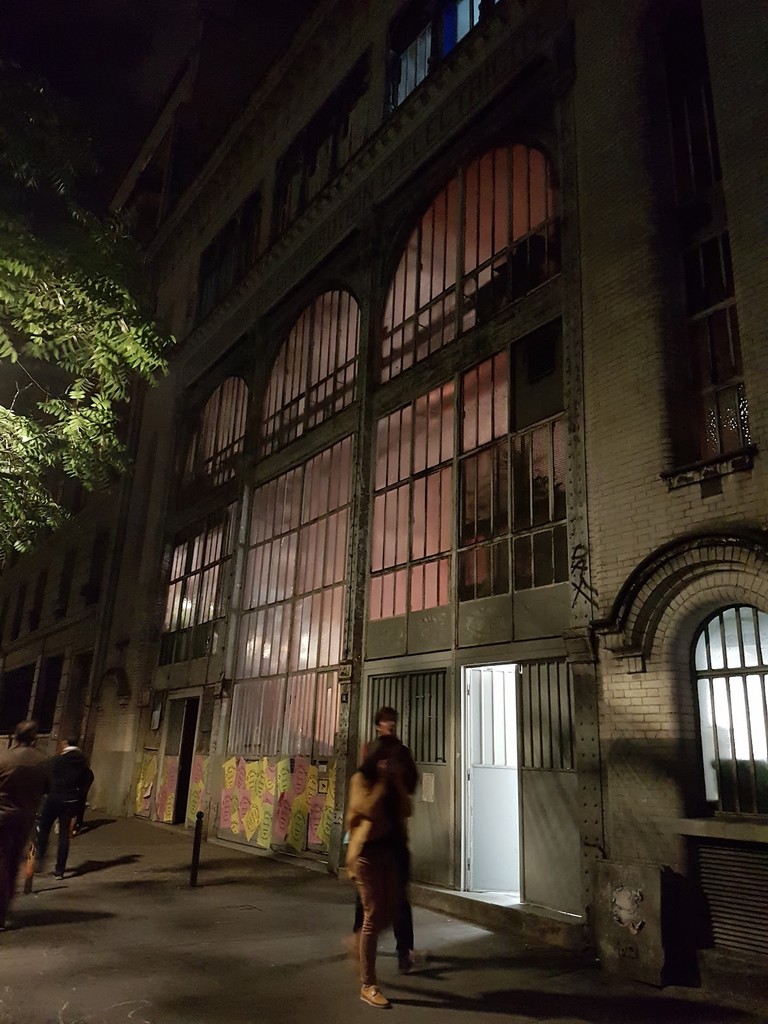
Le Consulat (Source: Google Maps)
Place du Tertre
Experience the vibrant atmosphere of Place du Tertre, where artists display their work and the spirit of Montmartre’s bohemian past lives on.
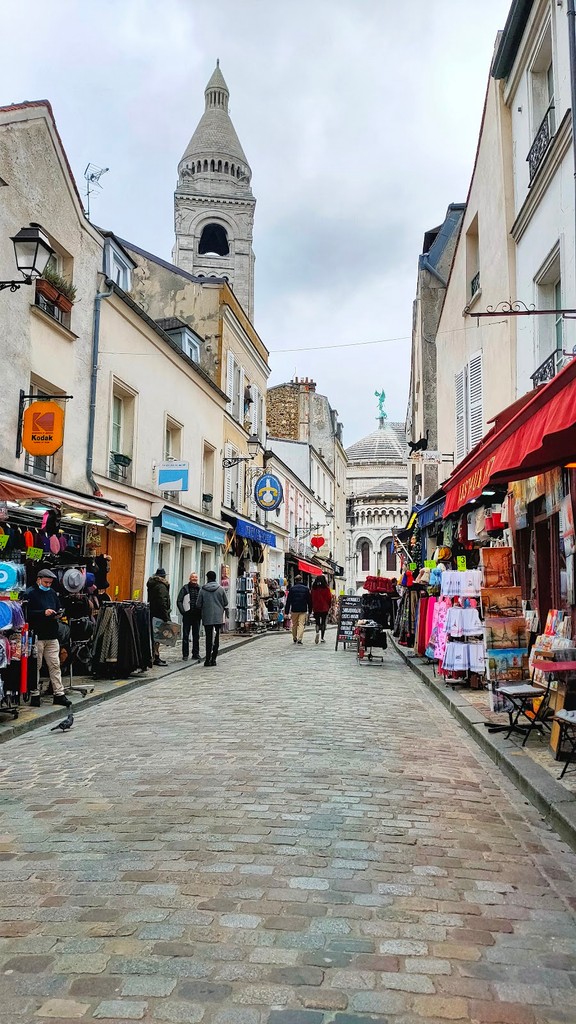
Place du Tertre (Source: Google Maps)
Place du Tertre is the beating heart of Montmartre, known for its vibrant atmosphere and artistic spirit. This bustling square is filled with artists showcasing their work, from portraits to landscapes, capturing the essence of Paris. Historically, Place du Tertre has been a gathering place for artists since the 19th century, attracting renowned figures like Picasso and Dali, who found inspiration in its lively ambiance. The square is surrounded by charming cafes and bistros, where visitors can sit and enjoy the artistic scene while indulging in delicious French cuisine. The atmosphere here is electric, with street performers, musicians, and artists creating a dynamic environment that reflects Montmartre's bohemian past. Place du Tertre is not just a place to observe art; it’s an interactive experience, inviting visitors to engage with the creativity that flourishes in this iconic location.
Sacré-Cœur Basilica
Conclude your tour at the magnificent Sacré-Cœur Basilica, a stunning architectural marvel offering panoramic views of Paris, providing a perfect end to your Montmartre journey.
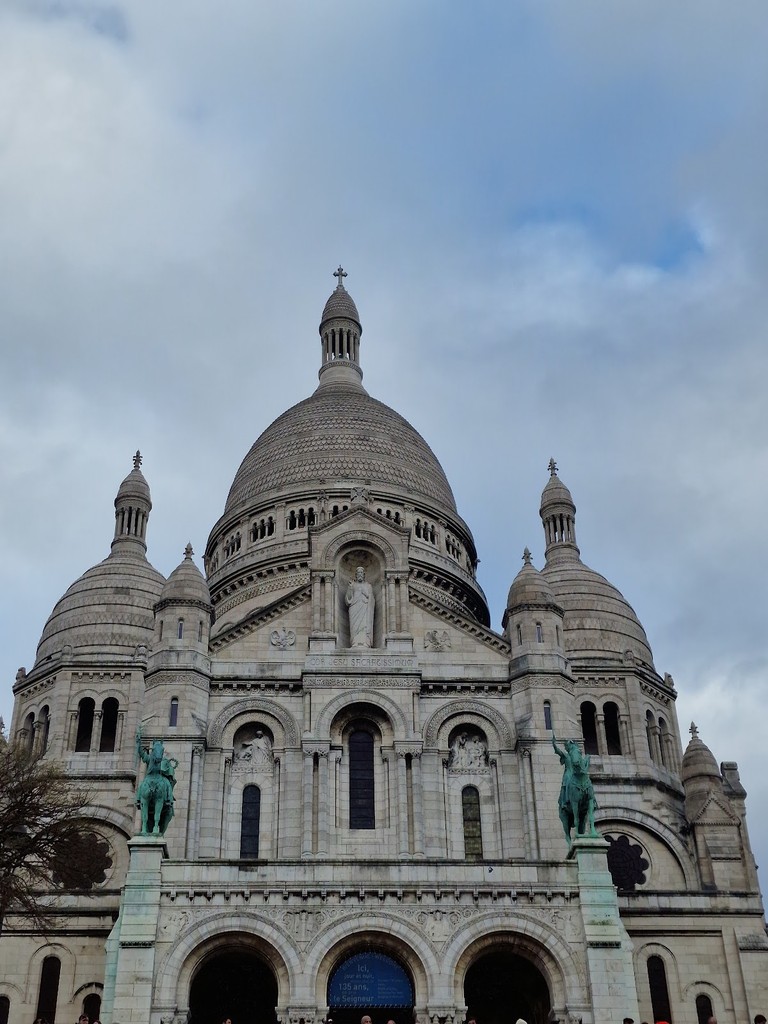
Sacré-Cœur Basilica (Source: Google Maps)
The Sacré-Cœur Basilica, perched atop the highest point in Paris, is a stunning architectural marvel completed in 1914. Its gleaming white domes and intricate mosaics make it a prominent landmark in the city. The basilica is dedicated to the Sacred Heart of Jesus and serves as a place of worship and pilgrimage. Visitors are often captivated by its stunning interior, which features one of the largest mosaics in the world, depicting Christ in glory. The basilica's location offers breathtaking panoramic views of Paris, making it a popular spot for tourists and locals alike. The design of Sacré-Cœur, inspired by Byzantine architecture, stands in contrast to the Gothic style of many other Parisian churches, symbolizing a spiritual revival. Surrounding the basilica is the charming neighborhood of Montmartre, rich in artistic history and culture, providing a perfect conclusion to your journey through this vibrant district.

Your travels, your rules.
Create your own Free Walking Tours.
Set your preferences, distances and anything you want to do or see.
Completely free, no payment required.